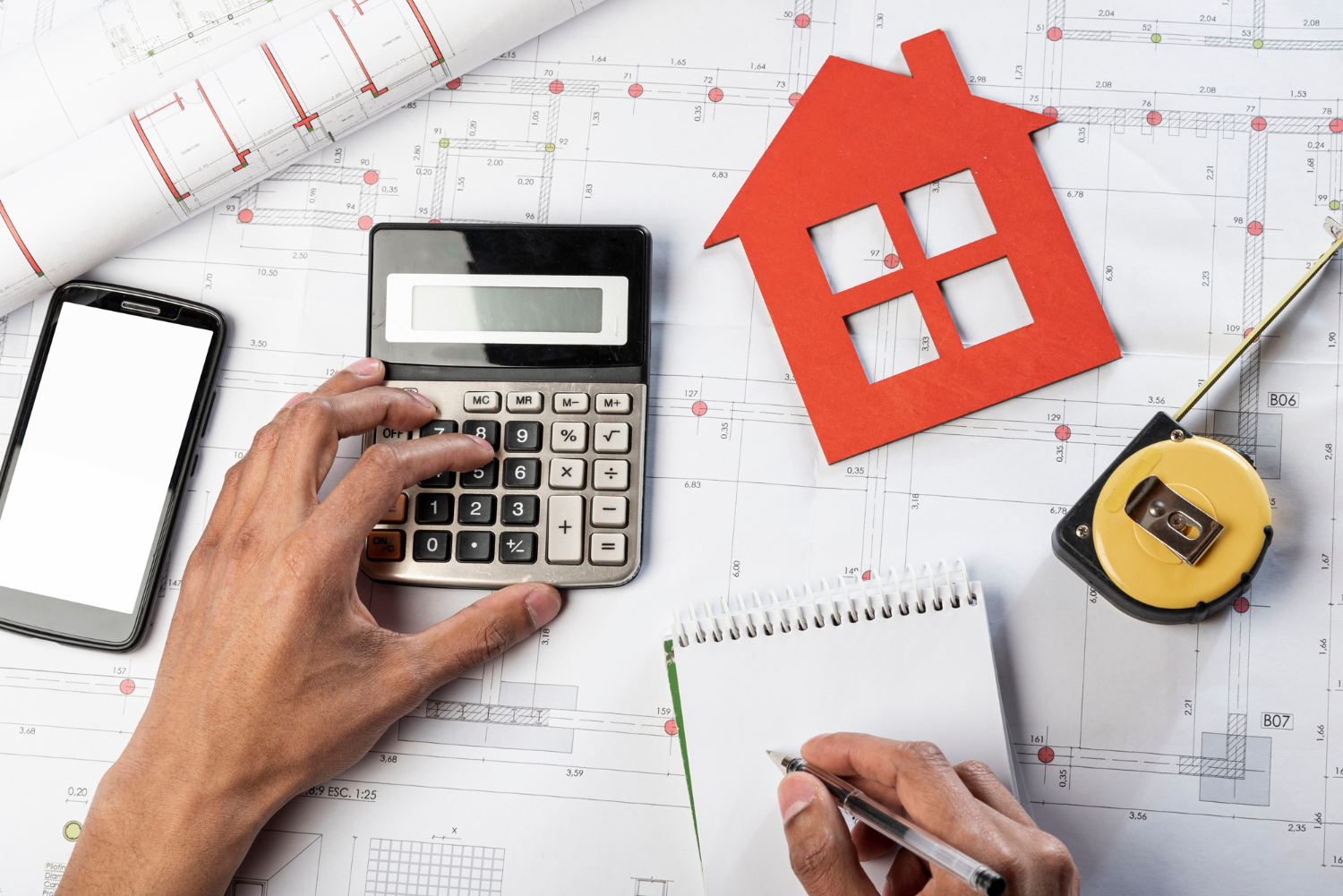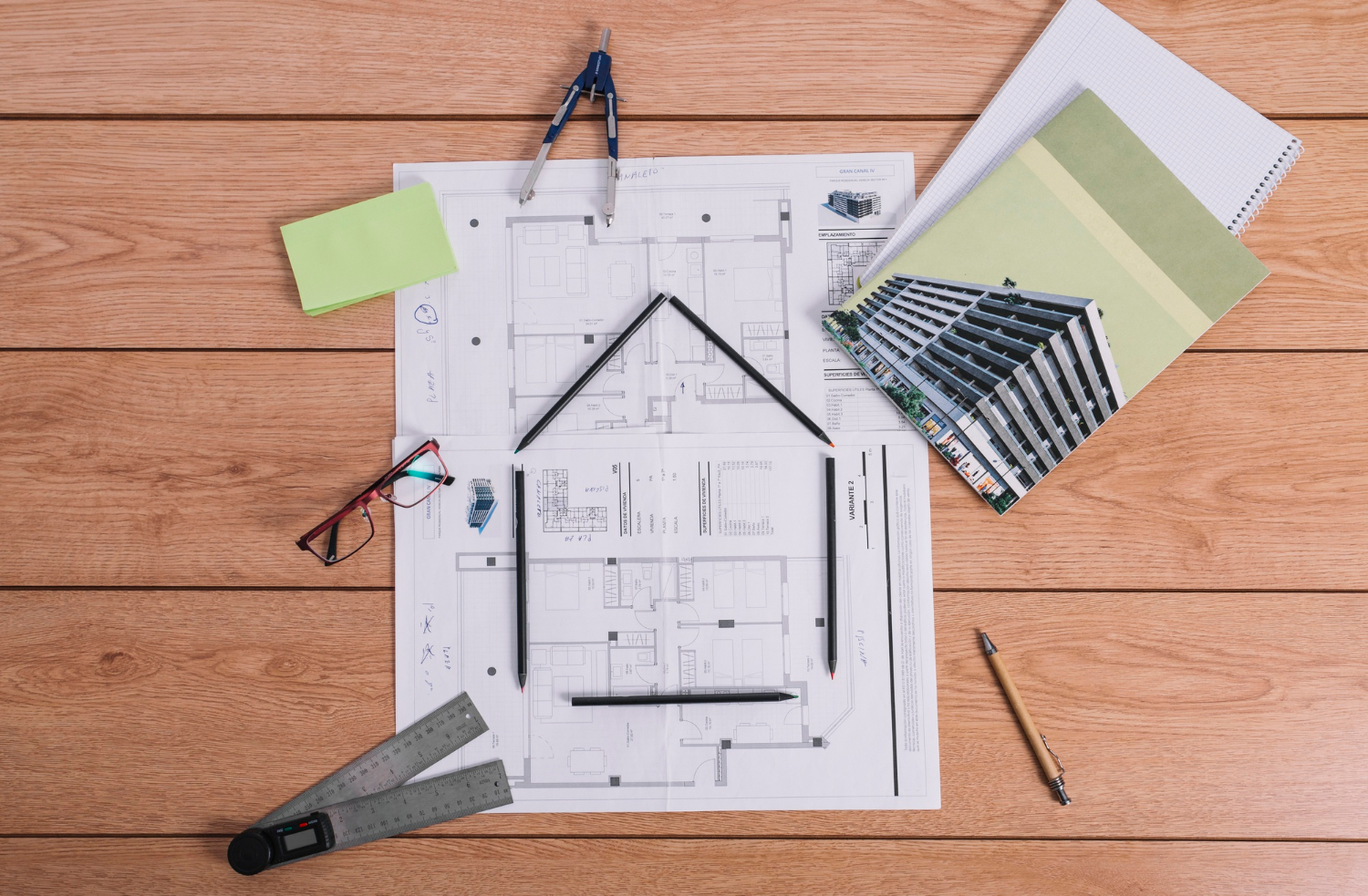Beat the 22.6% Civil Construction Price Surge: Smart Home Addition Timing

Three weeks ago, my client received a shock that’s becoming all too common in Bay Area construction.
His contractor called with “updated pricing” for a room addition project. The quote had jumped from $185,000 to $247,000 in just four months. That’s a $62,000 increase – more than most people’s annual salary.
Unfortunately, he’s not alone. Civil construction costs surged 22.6% in 2025, and that price pressure is bleeding into residential projects faster than most homeowners realize.
But here’s what the construction industry doesn’t want you to know: while civil projects are getting hammered by cost increases, smart residential contractors are finding ways to shield clients from the worst price impacts.
I’ve been navigating Bay Area construction cost fluctuations for 15 years. I’ve weathered the 2008 crash, the post-recession recovery, pandemic supply chain chaos, and now the 2025 price surge.
The contractors who survive these cycles – and protect their clients – understand one critical principle: timing is everything.
Here’s exactly how to beat the construction cost surge and lock in your home addition project at pre-inflation pricing.
1. Why Construction Costs Are Exploding (And Why It’s Not Over)
The 22.6% civil construction increase isn’t random – it’s the result of three colliding forces that residential construction can’t escape forever.
Let me break down what’s really driving these price increases:
Infrastructure spending tsunami: California’s $33.5 billion in federal infrastructure funding is creating massive demand for concrete, steel, and skilled labor. When government projects compete for the same resources as your home addition, guess who wins?
Labor shortage acceleration: The Bay Area construction workforce is aging out faster than new workers are entering. Average electrician age in California: 47 years. Average plumber age: 44 years. When experienced trades retire, remaining workers command premium wages.
Material supply chain bottlenecks: Despite what you hear about “supply chains returning to normal,” specialty building materials still face 4-9 month lead times. Contractors are forced to stockpile inventory, driving up project costs.
| Material Category | 2023 Average Cost | 2025 Current Cost | Price Increase | Lead Time |
|---|---|---|---|---|
| Structural Steel | $1.20/lb | $1.47/lb | +22.5% | 6-8 months |
| Concrete (ready-mix) | $115/cubic yard | $142/cubic yard | +23.5% | 2-4 weeks |
| Lumber (dimensional) | $485/thousand board feet | $623/thousand board feet | +28.5% | 3-6 weeks |
| Electrical conduit | $2.85/linear foot | $3.74/linear foot | +31.2% | 4-7 months |
Real example: The Patel family in Fremont watched their second-story addition cost estimate rise from $220,000 to $289,000 between January and June 2025. Same plans, same scope – but 31% higher material costs and 18% higher labor rates.
This isn’t a temporary blip. These cost pressures will persist through 2026.
2. The Smart Timing Strategy That Saves $50,000+
While most homeowners panic about rising costs, strategic contractors are using proven timing techniques to lock in favorable pricing. The secret isn’t avoiding cost increases – it’s getting ahead of them.
Here’s the timing strategy I use to protect my clients:
The 6-Month Contract Lock Strategy:
- Month 1-2: Finalize design and obtain preliminary permits
- Month 3: Lock in fixed-price contract with material escalation caps
- Month 4-5: Order long-lead-time materials at current pricing
- Month 6: Begin construction with price-protected materials
This approach shields clients from 80-90% of cost escalation during the construction period.
Case Study – The Martinez Family:
In March 2025, we locked in a $195,000 master suite addition with a 3% annual escalation cap. By October 2025, similar projects were pricing at $247,000 – but the Martinez family paid $201,850. Savings: $45,150 through strategic timing.
But timing isn’t just about when you start – it’s about understanding market cycles.
3. The Construction Cost Cycle Most Homeowners Don’t Know
Construction costs follow predictable seasonal and economic patterns. Contractors who understand these cycles can time projects to minimize cost impact.
Best times to lock in home addition contracts:
- September-November: Contractors secure winter work, material suppliers offer year-end discounts
- January-February: Post-holiday lull creates competitive pricing pressure
- Economic uncertainty periods: Contractors prioritize confirmed work over speculative pricing
Worst times for cost-effective contracts:
- March-May: Spring construction rush drives premium pricing
- During material shortages: Supply constraints eliminate competitive pricing
- Peak economic confidence: High demand reduces contractor motivation to compete on price
The homeowners who understand these cycles save 15-25% compared to those who contract during peak periods.
4. Material Pre-Ordering: The $30,000 Secret Weapon
Here’s an insider strategy most homeowners never hear about: material pre-ordering. By purchasing key materials 3-6 months before construction starts, you lock in current pricing and avoid escalation.
Materials worth pre-ordering for home additions:
- Windows and doors: 4-6 month lead times, 15-25% annual price increases
- Electrical panels and conduit: Supply shortages driving 20-30% cost spikes
- Plumbing fixtures: Luxury fixtures have 8-12 week lead times
- Roofing materials: Weather-related demand creates seasonal price swings
- Insulation: Energy efficiency requirements driving steady price increases
Real savings example: The Chen family pre-ordered $18,000 in windows for their kitchen addition in February 2025. The same windows cost $23,400 when their neighbors ordered them in August. Savings: $5,400 on windows alone.
But pre-ordering requires careful coordination with your contractor.
Pre-Ordering Pro Tips:
* Verify storage options before ordering
* Confirm warranty coverage during storage
* Include delivery coordination in construction timeline
* Purchase only items unlikely to change during design refinement
5. The Contract Clauses That Protect You From Price Spikes
Most homeowners sign construction contracts that leave them vulnerable to unlimited cost increases. Smart contract language protects you from the worst price escalation.
Essential cost-protection clauses for 2025 contracts:
Material escalation caps: Limit annual material cost increases to 3-5% regardless of market conditions. Beyond the cap, contractor absorbs additional costs.
Labor rate locks: Fix labor rates for the contract duration with predetermined adjustment schedules. Prevents surprise wage increase impacts.
Change order pricing: Establish markup percentages for changes before signing. Prevents contractors from inflating change order pricing.
Timeline penalties: Include contractor penalties for delays that expose you to extended price escalation periods.
Force majeure limitations: Define specifically what constitutes uncontrollable circumstances. Prevents contractors from claiming normal market fluctuations as force majeure.
- Good clause example: “Material costs are fixed for the contract duration with escalation limited to 4% annually. Any increases beyond 4% are contractor responsibility.”
- Bad clause example: “Contract pricing subject to material cost fluctuations at time of purchase.”
These clauses can save $20,000-50,000 on major addition projects.
6. Alternative Timing Strategies When You Can’t Wait
Sometimes life doesn’t allow optimal timing. Growing families, job changes, or aging parents create urgent addition needs that can’t wait for ideal market conditions.
When you must build during high-cost periods, use these damage-control strategies:
Phased construction approach: Complete foundation and framing during high-cost periods, finish work during more favorable pricing. Reduces exposure to peak material costs.
Value engineering partnerships: Work with contractors to identify cost-reduction opportunities without sacrificing quality. Smart substitutions can save 10-15% without compromising the final result.
Regional contractor shopping: Bay Area pricing varies significantly by location. Contractors in Contra Costa County often charge 15-20% less than Silicon Valley firms for identical work.
Off-season scheduling: Accept winter construction schedules in exchange for reduced pricing. Weather delays may extend timelines, but savings can be substantial.
Factory-built components: Modular construction and prefabricated components reduce on-site labor exposure to cost escalation.
7. Reading the Construction Cost Tea Leaves
Successful timing requires understanding where construction costs are headed. After 15 years in this market, I track specific indicators that predict cost movements 3-6 months ahead.
Leading indicators I monitor for my clients:
- Federal infrastructure spending pace: Faster disbursement increases material demand and pricing pressure
- California housing starts data: Increased residential construction competes for the same resources as additions
- Union contract negotiations: Bay Area trade union contracts set regional wage benchmarks
- Building permit volumes: Rising permit activity indicates increased construction demand
- Material futures pricing: Steel, lumber, and copper futures predict material cost trends
Current indicators suggest construction costs will continue rising through mid-2026, with potential stabilization in late 2026.
2025-2026 Cost Forecast:
* Material costs: +8-12% annually through 2026
* Labor costs: +6-10% annually in skilled trades
* Overall project costs: +10-15% year-over-year
* Stabilization expected: Late 2026 to early 2027
8. The Action Plan for Cost-Conscious Home Additions
Ready to beat the construction cost surge? Here’s your step-by-step action plan for timing your home addition optimally:
Immediate Actions (This Month):
- Get detailed bids from 3-5 qualified contractors
- Request fixed-price contracts with escalation caps
- Identify long-lead-time materials for potential pre-ordering
- Review contractor licensing, insurance, and financial stability
Planning Phase (Months 1-2):
- Finalize design and obtain preliminary permit approval
- Negotiate contract terms with cost-protection clauses
- Secure construction financing if needed
- Order windows, doors, and specialty materials
Execution Phase (Months 3-8):
- Begin construction with price-protected materials
- Monitor progress against timeline to prevent cost escalation
- Manage change orders carefully to avoid budget overruns
- Maintain communication with contractor about potential delays
Homeowners who follow this timeline typically save 20-30% compared to those who start without strategic planning.
Final Results
The 22.6% construction cost surge is real, and it’s not going away anytime soon. But homeowners who understand timing, contracting, and market cycles can still complete cost-effective home additions.
The key strategies that protect against cost escalation:
- Strategic timing to lock in favorable pricing windows
- Material pre-ordering to avoid supply chain cost spikes
- Smart contract clauses that cap escalation exposure
- Alternative approaches when optimal timing isn’t possible
- Market awareness to predict cost trends
My clients who use these strategies consistently save $25,000-60,000 on major addition projects compared to those who contract reactively during peak cost periods.
Conclusion
Construction cost inflation is the new reality for Bay Area homeowners. The 22.6% civil construction increase is just the beginning – material and labor costs will continue rising through 2026.
But cost increases don’t have to derail your home addition dreams. With proper timing, strategic contracting, and market awareness, you can complete your project while minimizing financial impact.
The homeowners who act now – who lock in contracts with cost protection before prices rise further – will be the ones celebrating when their neighbors are paying 30-40% more for identical work.
Time is literally money in today’s construction market. Every month you wait is money you’re unlikely to get back.
Ready to beat the construction cost surge and lock in your home addition at pre-inflation pricing? Contact Greenberg Construction for a strategic timing consultation and discover how to protect your project from escalating costs.




